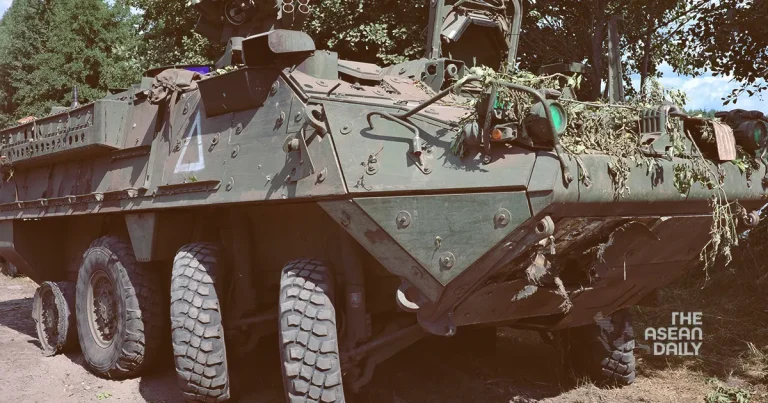13-8-2024 (MOSCOW) Russian military forces have launched a robust counteroffensive against Ukrainian troops who breached the Russian border last week. The Russian response, involving missiles, drones, and air strikes, marks a critical juncture in the war, as it represents the most substantial attack on sovereign Russian territory since the conflict’s inception.
The Ukrainian incursion, which began a week ago, caught Russian defences off guard, exposing vulnerabilities in border security and forcing the evacuation of at least 200,000 civilians from the affected areas. The surprise offensive, according to Russian President Vladimir Putin, was aimed at strengthening Kyiv’s negotiating position and impeding Russian advances along the front lines.
Major General Apti Alaudinov, commander of the Chechen Akhmat special forces unit, claimed that the Ukrainian advance had been halted, stating, “The uncontrolled ride of the enemy has already been stopped. The enemy is already aware that the blitzkrieg that it planned did not work out.”
The Russian Defence Ministry released footage of Sukhoi Su-34 bombers conducting strikes against purported Ukrainian positions in the Kursk border region, alongside images of infantry engaging Ukrainian forces. However, the exact situation on the ground remains unclear, with conflicting reports about the control of key areas, including the strategically important town of Sudzha, a crucial gas transit point.
Alexei Smirnov, acting governor of Kursk, reported that Ukraine had gained control of 28 settlements in the region, with the incursion reaching approximately 12 kilometres deep and 40 kilometres wide. In contrast, Ukrainian sources claim control over 1,000 square kilometres of Russian territory, more than double the area suggested by Russian officials. These claims could not be independently verified.
The audacious Ukrainian operation into Russian territory presents significant risks for both Kyiv and Moscow. While it demonstrates Ukraine’s capability to strike within Russia’s borders, it also risks stretching Ukrainian forces thin and potentially leaving other parts of the front vulnerable to Russian counterattacks.
President Volodymyr Zelenskyy justified the operation as a matter of Ukrainian security, noting that the Kursk region had been used as a launchpad for numerous strikes against Ukraine. However, this move has raised concerns among Ukraine’s Western allies, who were reportedly not informed of the offensive in advance and are wary of the conflict escalating into a direct confrontation between Russia and NATO.
The Russian Foreign Intelligence Service (SVR) accused Zelenskyy of taking reckless actions that could lead to an escalation beyond Ukraine’s borders. Meanwhile, Putin has framed the incursion as an attempt by the West to destabilise Russia through a proxy war.
The situation has led to significant civilian displacements, with over 121,000 people evacuated from the Kursk region and an additional 11,000 from the neighbouring Belgorod region. As the conflict intensifies in this new theatre, both sides are grappling with the strategic implications and potential diplomatic fallout of this unprecedented cross-border engagement.




